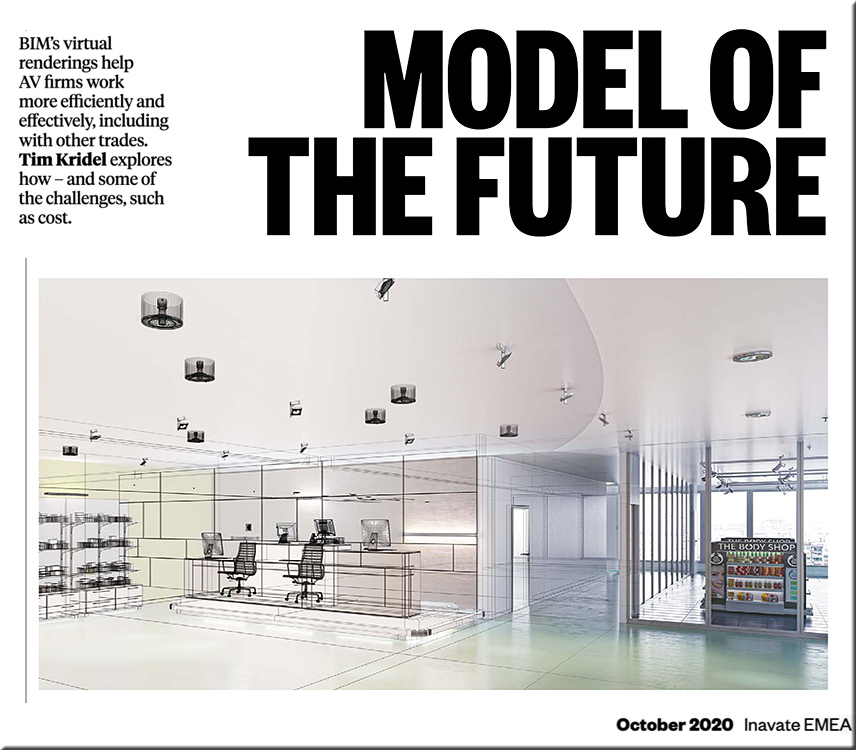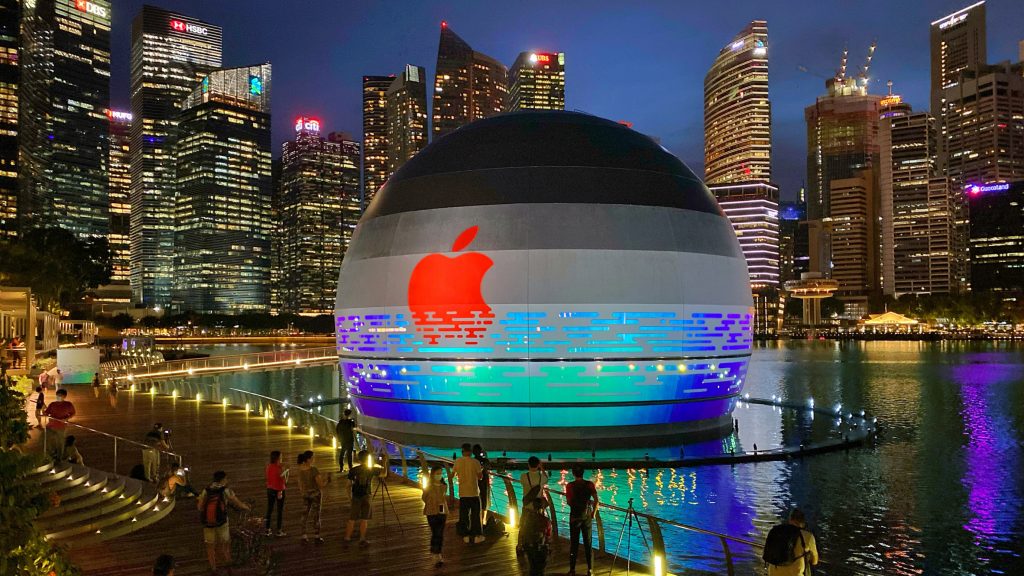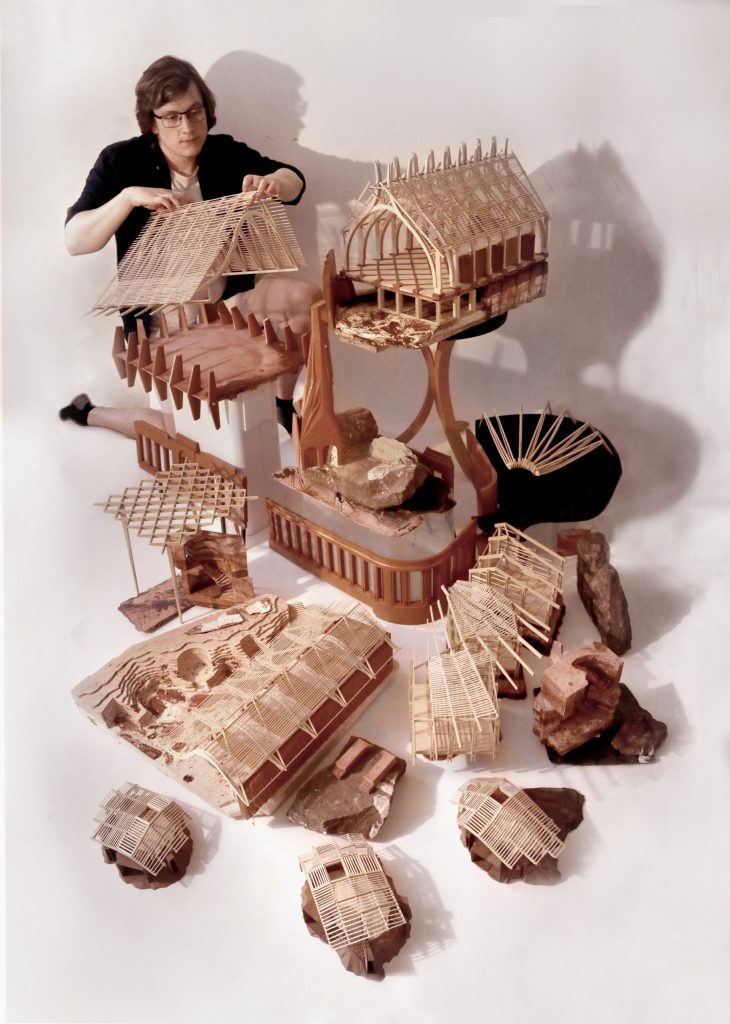From DSC:
You want to see some incredible animation? Check out the piece “What’s Inside of the Statue of Liberty?“ by Jared Owen. His video channel on YouTube is located here.
Drawing on Ancient Arts and New Technology, Husson U. Launches Degree in Extended Reality — from edsurge.com by Rebecca Koenig
Excerpt:
The origins of the experience may come from an ancient artform: theater.
“As a set designer, I would think about experiences that are recreating augmented reality, essentially,” says Brave Williams, an associate professor at Husson University in Maine. “It is an augmentation of reality that has been done for thousands of years.”
Now, Williams is helping his institution push the boundaries of Shakespeare’s famous line that “all the world’s a stage.”
…
To expand the center’s reach, university leaders decided to build extended reality into the college curriculum. One example was the development of AR Stagecraft, an app that translates student set designs into an immersive experience of what the scenery would look and feel like if built on an empty stage.
Also see:
IEX CENTER — from husson.edu
An Innovation HubThe iEX Center /ai,?ks/ is an innovation hub that develops solutions using extended reality (XR) experiences such as virtual and augmented reality. Through the iEX Center, students learn how to solve real-world problems using the advanced technology associated with the emerging XR field.
These immersive and interactive experiences are developed with the involvement of students and faculty within the School of Technology and Innovation, as well as those from other colleges across campus as they work together on interdisciplinary XR projects.
Dominique Coulon & Associés adds curved glass extension to library in a renovated French manor — from dezeen.com by Alyn Griffiths
16 Historical Roman Inventions That Helped Shape the Modern World — from interestingengineering.com by Kashyap Vyas
The technologically-advanced ancient Roman Empire has a rich history of inventions, some of which are still used today.
Foster + Partners’ hotel to be built amid Saudi Arabian sand dunes — from dezeen.com by Tom Ravenscroft
Frank Gehry reveals latest design for supertall skyscraper in Toronto — from dezeen.com by India Block
Excerpt:
Frank Gehry has released visuals of a pair of twisting shiny skyscrapers, one of which will be over 300 metres, for King Street West in Toronto.
Currently named the Gehry Project, the plan is to build a 289-metre-high supertall and a 262-metre-high skyscraper at the intersection King Street West and Ed Mirvish Way.
Also see:
Richard Rogers balances his final building over Provence vineyard — from dezeen.com
5 industries that AR is going to change in 2021 — from wikitude.com by Maria Stenina
Excerpts:
- Remote work and collaboration
- Education
- Toys and games
- Logistics and warehousing
- Architecture and construction
AR enables remote collaboration with stable two-way video and audio annotations that any team member can access on-site and in the office. Such technological advancements leave traditional ways of cooperation far behind and accelerate the adoption rate by construction companies and the open public. Imagine a construction company using an app to add a detailed view of the future building for the local community to inform and provide a communication and feedback channel. The same channel could be used in-house for the cross-team collaboration in real-time.
ZJA to create museum around underwater 18th-century shipwreck — from dezeen.com by Lizzie Crook
Library of law books wraps staircase in Mexico City office designed by Esrawe Studio — from dezeen.com by Eleanor Gibson
Heatherwick Studio designs flood-resilient park The Cove for San Francisco — from dezeen.com by Eleanor Gibson
Excerpt:
Slated for completion in 2026, The Cove is intended to provide a new hub of activity while addressing rising sea levels threatening the waterfront site and also consideration [of] its history.
From DSC:
Many years ago, my wife and I spent several years out in the San Francisco Bay area. I was there to go through SFSU’s Multimedia Studies Program. I have many good memories from our time out there. I hope to be able to take that road trip in 2026!
Care over IP — from Inavate EMEA October 2020
Care over IP The Covid-19 outbreak has put working from home centre stage, but what happens when you work in a hospital? Paul Milligan speaks to those proving remote/virtual alternatives for patient care.
From DSC:
I continue to wonder how telelegal will be impacted by what’s happening with telehealth/telemedicine/virtual health…my guess is that telelegal will also grow quite a bit in the future.
Addendum on 9/25/20, below is an excerpt from a press release sent to me by Ashley Steiger at AristaMD:
University of Colorado School of Medicine and AristaMD Partner to Expand eConsults to Community Providers
SAN DIEGO – Sept. 22, 2020 – AristaMD, an innovative telehealth platform that delivers primary care providers (PCPs) timely and documented specialist insight through eConsults, has partnered with the University of Colorado School of Medicine (CU) to expand eConsults to a network of community providers. The partnership begins with Salud Family Health Center, which has 13 clinic locations and serves communities in northeast and southeast Colorado.
“AristaMD is pleased to be working with our first partner that is a part of the Association of American Medical Colleges’ Project CORE: Coordinating Optimal Referral Experiences. We can support health systems, including those already using eConsults within their own electronic health records (EHR), to more broadly expand to clinics on any system,” said Brooke LeVasseur, CEO of AristaMD. “The AristaMD platform works with all EHRs, seamlessly integrates into physician workflows, and will allow us to scale to community providers throughout the state of Colorado as the partnership grows.”
Also see:









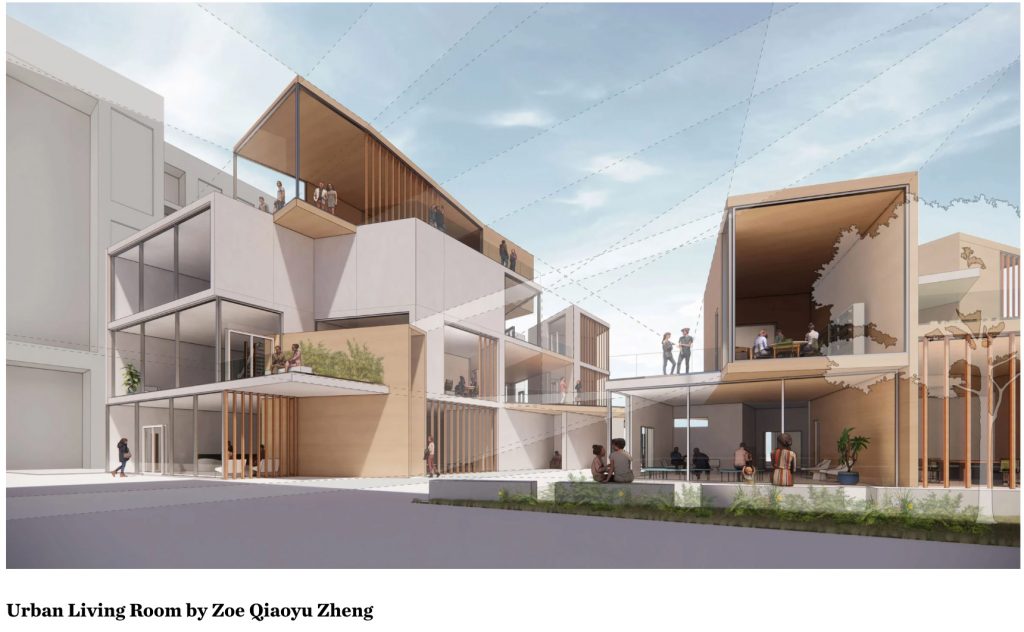
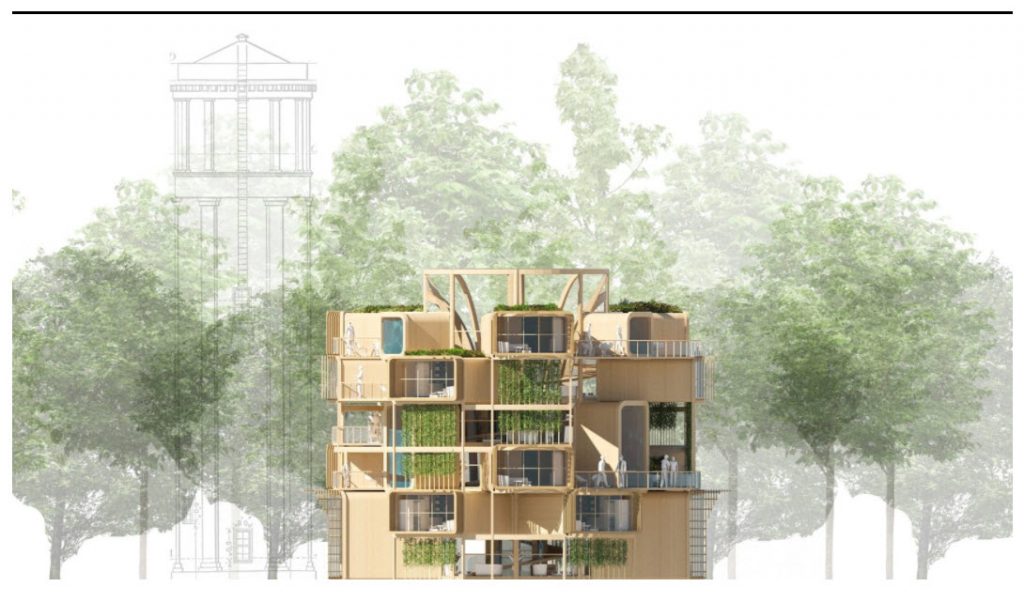
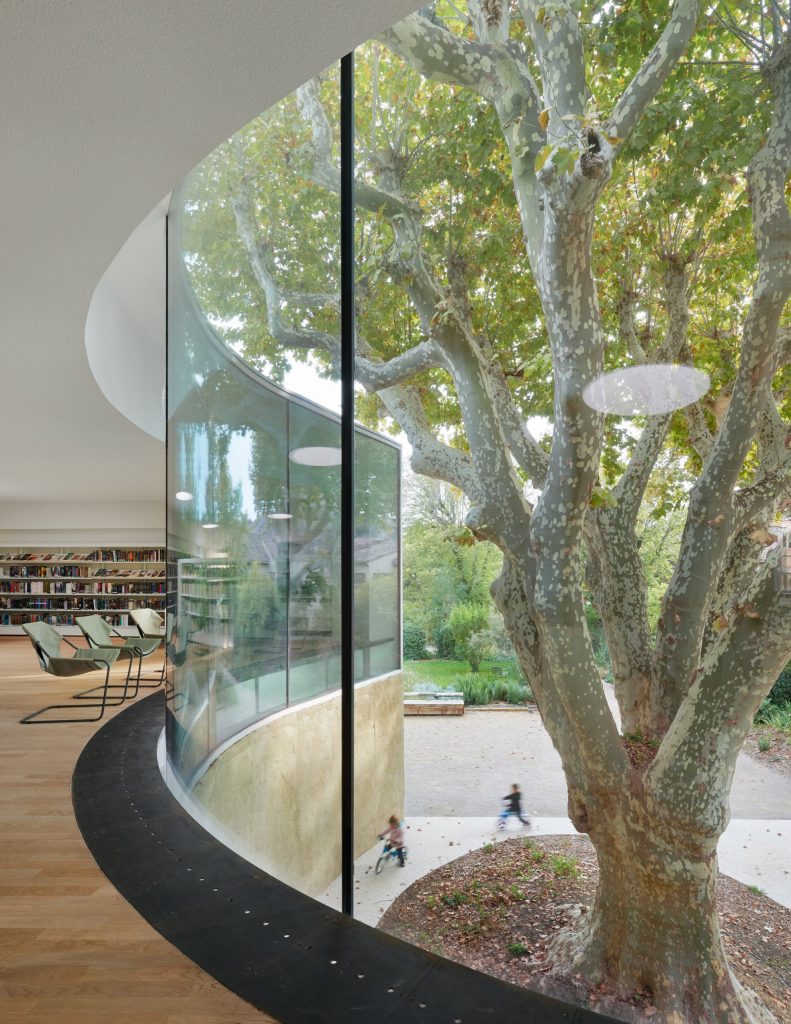
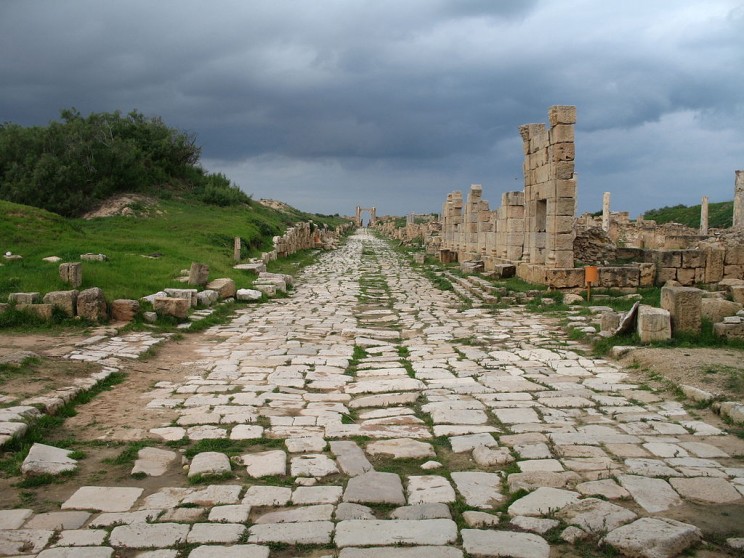

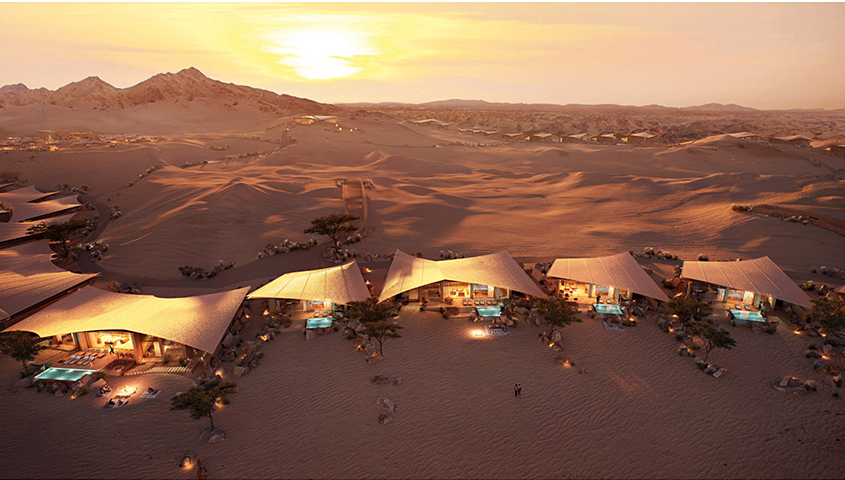


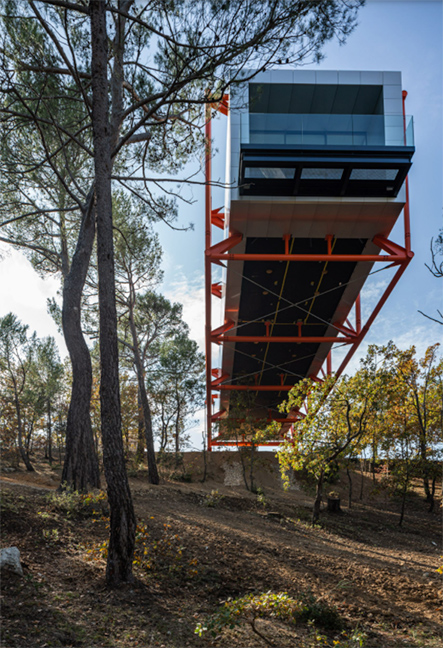
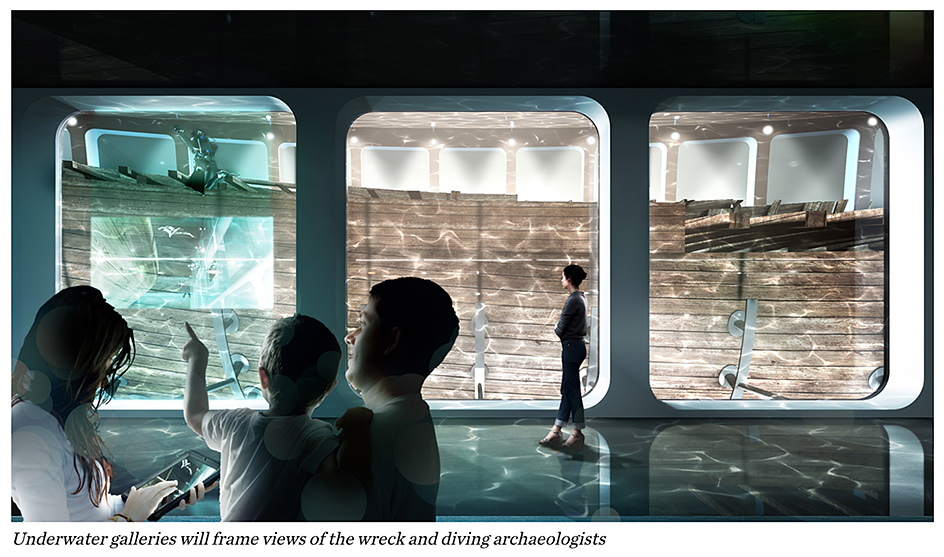
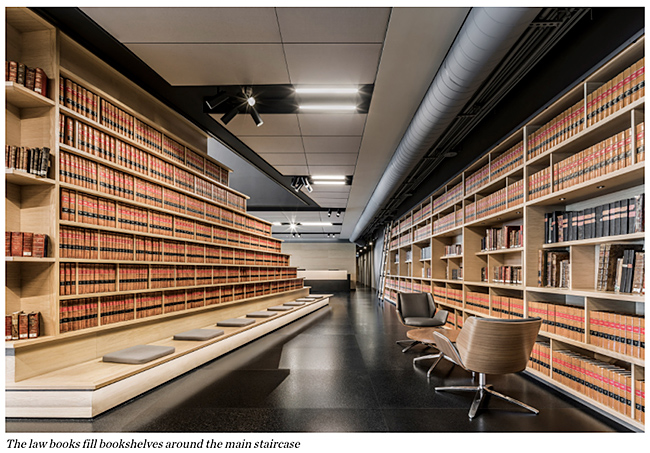
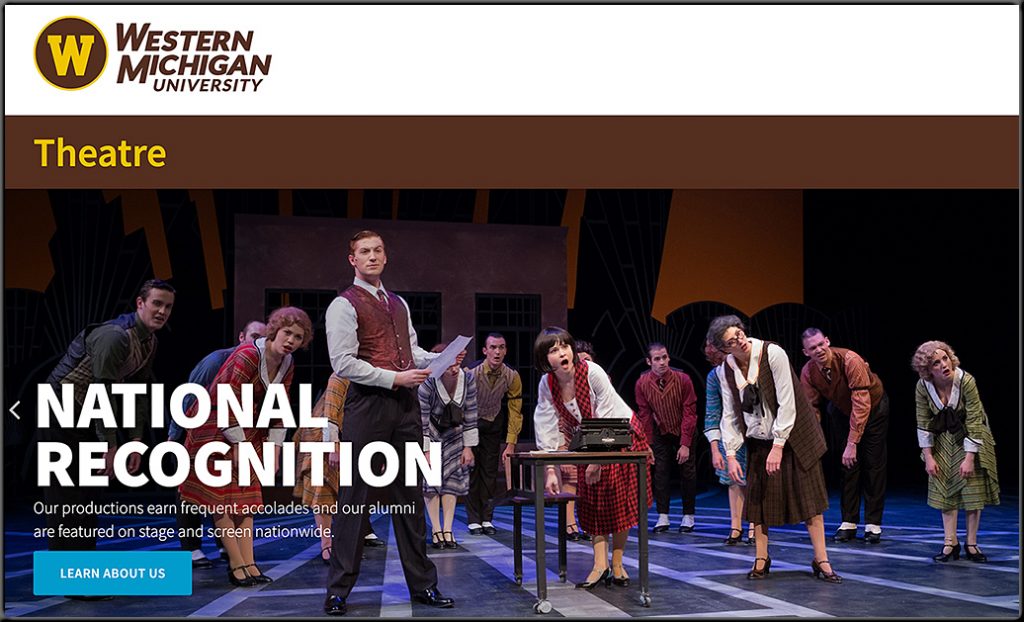
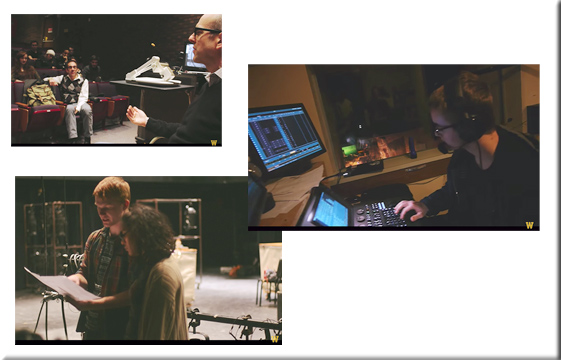
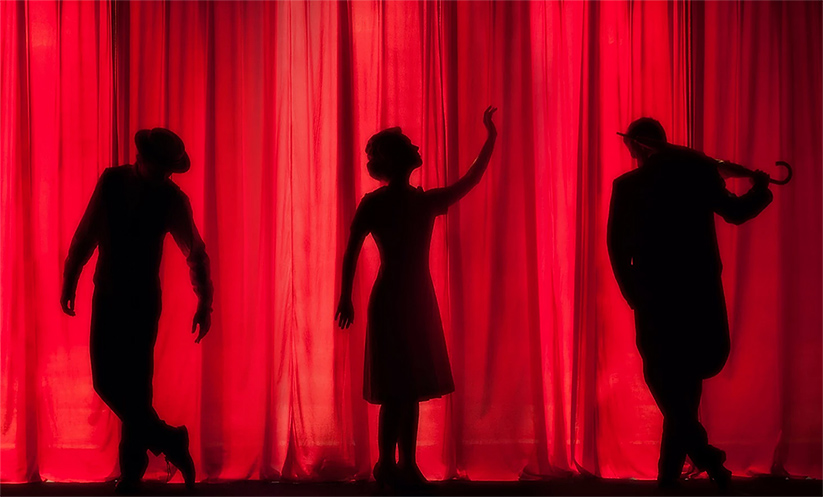

![Care over IP [Inavate EMEA; Covid's impact on remote healthcare continues]](http://danielschristian.com/learning-ecosystems/wp-content/uploads/2020/09/Covid-Impact-On-Remote-Healthcare-Sept2020.jpg)
